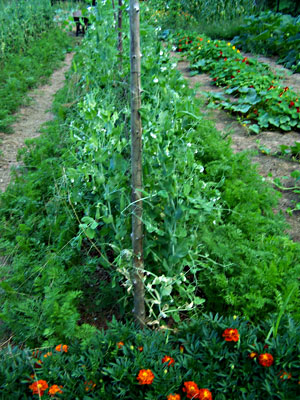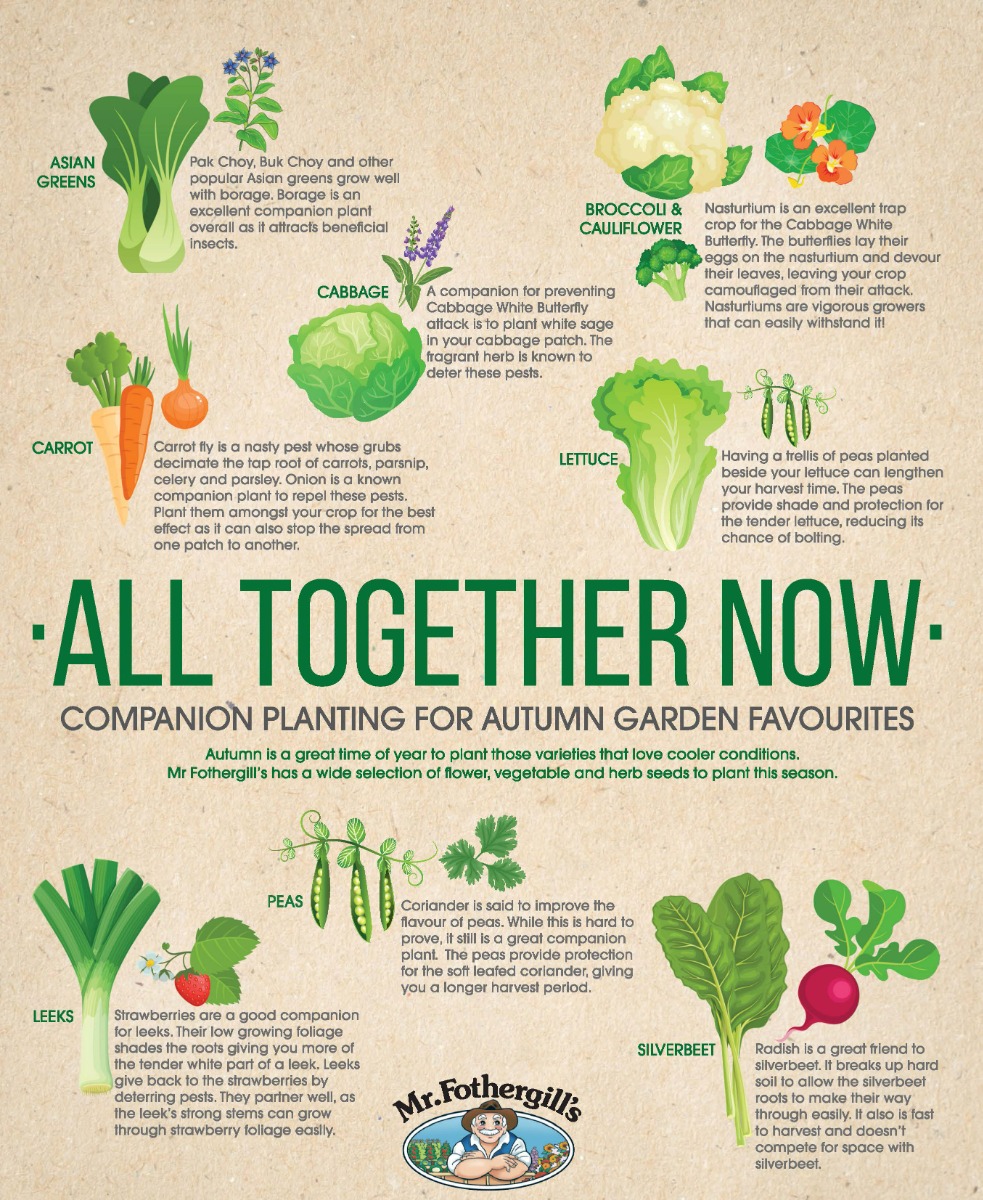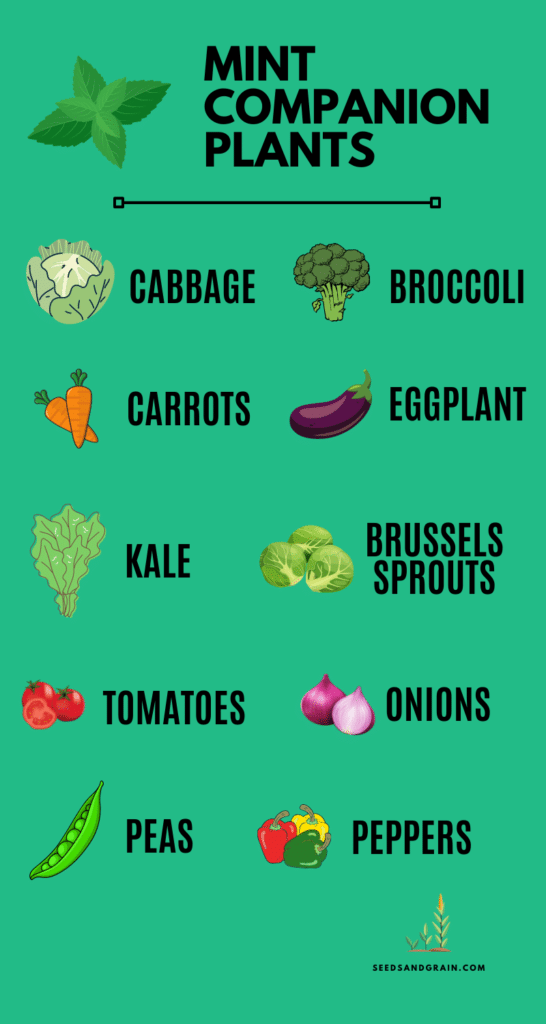The Ultimate Guide To Companion Planting Peas
The Ultimate Guide to Companion Planting Peas
Peas are a delicious and versatile vegetable that can be enjoyed in many different ways. They are also relatively easy to grow, making them a great choice for even beginner gardeners.
One way to improve the growth and yield of your pea plants is to practice companion planting. Companion planting is the practice of planting certain crops together in order to benefit each other. There are many different companion plants that can be beneficial for peas, but some of the best include:
- Carrots: Carrots help to repel pests such as carrot fly and root maggot.
- Lettuce: Lettuce helps to shade the roots of pea plants, keeping them cool and moist.
- Marigolds: Marigolds help to repel pests such as aphids and nematodes.
- Nasturtiums: Nasturtiums help to attract beneficial insects such as ladybugs and lacewings.
- Potatoes: Potatoes help to suppress weeds, which can compete with pea plants for water and nutrients.
In addition to these specific companion plants, there are a few general principles that can be followed when companion planting peas. For example, it is a good idea to plant peas near plants that have different root systems. This will help to prevent the roots of the pea plants from competing for water and nutrients.
It is also important to consider the height of the plants when companion planting peas. Peas are relatively short plants, so it is a good idea to plant them near taller plants that can provide some shade. This will help to protect the pea plants from the hot sun and prevent them from wilting.
With a little planning, you can easily create a companion planting scheme that will benefit your pea plants. By following the tips in this guide, you can enjoy a bountiful harvest of delicious peas.
Main Content
In addition to the companion plants listed above, there are a few other plants that should be avoided when planting peas. These include:
- Onions: Onions and peas are members of the same family, and planting them together can reduce the yield of both plants.
- Garlic: Garlic, like onions, can inhibit the growth of pea plants.
- Leeks: Leeks, shallots, scallions, and chives are all related to onions and garlic, and they should also be avoided when planting peas.
It is also important to avoid planting peas near plants that attract pests that are also attracted to peas. For example, do not plant peas near beans, as both plants attract aphids.
Conclusion
By following the tips in this guide, you can easily create a companion planting scheme that will benefit your pea plants. By planting pea plants near the right companion plants, you can improve their growth, yield, and resistance to pests.
Peas are a delicious and versatile vegetable that can be enjoyed in many different ways. But did you know that there are certain plants that can help peas grow better? That's right, companion planting is a great way to improve the health and productivity of your pea plants.
Some of the best companion plants for peas include:
- Beans: Beans are legumes, just like peas, so they can help to fix nitrogen in the soil. This means that they can both benefit from each other's presence.
- Carrots: Carrots help to repel pests that can damage pea plants, such as aphids and whiteflies.
- Celery: Celery helps to attract beneficial insects, such as ladybugs, that can help to control pests.
- Cucumbers: Cucumbers and peas have similar growing requirements, so they can be planted together to save space.
- Radishes: Radishes help to deter pests, such as cabbage moths, that can damage pea plants.
For more information about companion plants to peas, please visit Garden Wiki.
FAQ of companion plants to peas
Q: What are the best companion plants for peas?
A: Some of the best companion plants for peas include:
- Beans: Beans and peas are both legumes, which means they can fix nitrogen in the soil. This helps to improve the fertility of the soil for both plants.
- Carrots: Carrots and peas have different root systems, so they don't compete for space or nutrients. Carrots also help to repel pests that can damage peas.
- Celery: Celery and peas both attract beneficial insects, such as ladybugs and hoverflies. These insects help to control pests that can damage both plants.
- Corn: Corn provides shade for peas, which can help to protect them from the hot sun. Corn also helps to attract pollinators, which are essential for peas to set fruit.
- Spinach: Spinach and peas have similar growing requirements, so they can be planted together without competing for resources. Spinach also helps to suppress weeds, which can help to keep peas healthy.
Q: What are some plants that should not be planted near peas?
A: Some plants that should not be planted near peas include:
- Brassicas: Brassicas, such as broccoli, cabbage, and cauliflower, can attract pests that can also damage peas.
- Lettuce: Lettuce and peas have different nutrient requirements, so they can compete for nutrients in the soil.
- Potatoes: Potatoes and peas have similar root systems, so they can compete for space and nutrients.
- Tomatoes: Tomatoes can attract pests that can also damage peas.
Q: What are the benefits of companion planting with peas?
A: There are many benefits to companion planting with peas, including:
- Improved plant health: Companion plants can help to deter pests and attract beneficial insects, which can help to keep peas healthy.
- Increased yields: Companion plants can help to improve the soil fertility, which can lead to increased yields of peas.
- Efficient use of space: Companion plants can be planted together to make efficient use of space in the garden.
- Reduced workload: Companion planting can help to reduce the workload in the garden, as some companion plants can help to suppress weeds and attract pollinators.
Q: When should I plant companion plants with peas?
A: Companion plants should be planted at the same time as peas, or as soon as possible after peas have been planted. This will give the companion plants time to establish themselves and start providing benefits to the peas.
Image of companion plants to peas
- Carrots: Carrots and peas are both root vegetables, so they don't compete for resources. Carrots also help to repel pests that can damage pea plants.

- Cucumbers: Cucumbers and peas have similar growing requirements, and they can help to shade each other from the sun. Cucumbers also help to attract pollinators, which can help to improve the pea plant's pollination and yield.

- Lettuce: Lettuce is a good companion plant for peas because it helps to suppress weeds and attract beneficial insects. Lettuce also doesn't shade the pea plants, so they can still get enough sunlight.

- Mint: Mint is a fragrant herb that can help to repel pests from pea plants. It also helps to improve the flavor of peas.

- Radishes: Radishes and peas are both cool-season crops, so they can be planted together in the spring or fall. Radishes also help to improve the soil drainage around pea plants.

Post a Comment for "The Ultimate Guide To Companion Planting Peas"